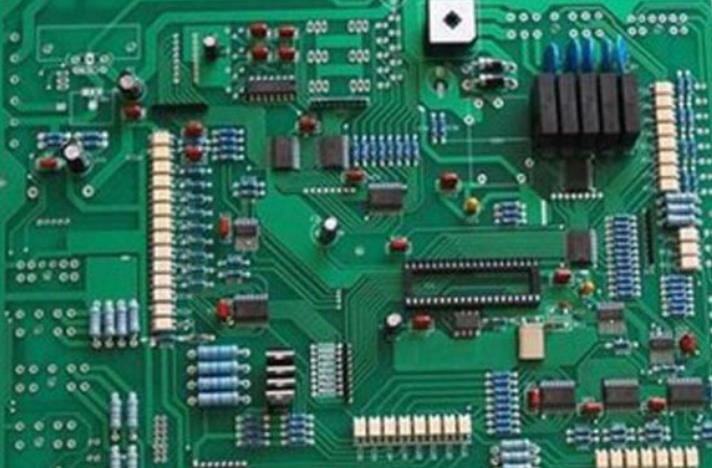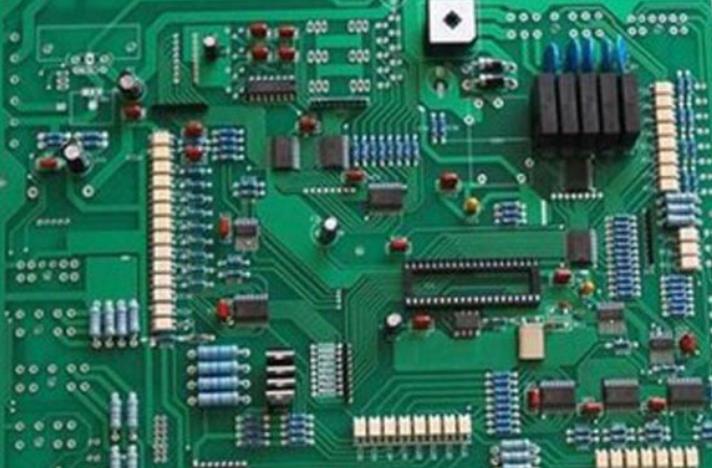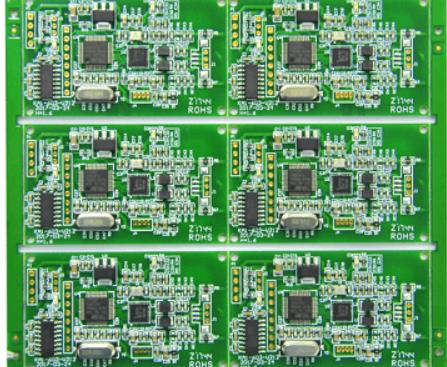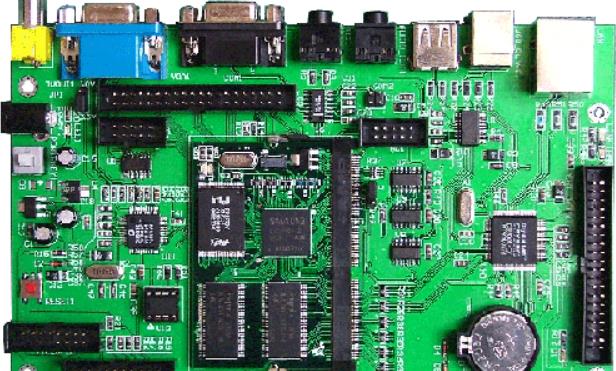
Process Design of SMT Common Basic Knowledge
Surface bonding assembly process SMT chip processing, especially for small spacing components, requires continuous monitoring and systematic inspection of the process For example, currently in the United States, the quality standards of welding joints are based on IPC-A-620 and the national welding standard ANSI/J-STD-001. With the understanding of these guidelines and specifications, designers can develop products that meet the requirements of industry standards
The surface adhesion assembly process of smt wafer processing, especially for small pitch components, requires continuous monitoring and systematic inspection of the process. For example, in the United States, the quality standards of welding joints are based on IPC-A-620 and the national welding standard ANSI/J-STD-001. Knowing these codes and specifications, designers can develop products that meet the requirements of industry standards.
Mass production design
Mass production design includes all mass production processes, assembly, testability and reliability, and takes written archive requirements as the starting point.
A complete and clear assembly file is absolutely necessary, and it is also a guarantee for the success of a series of transformations from design to manufacturing. Relevant files and CAD data lists include bill of materials (BOM), list of qualified manufacturers, assembly details, special assembly instructions, PC board manufacturing details, and magnetic disc containing Gerber data or IPC-D-350 program.
Circuit board

CAD data on magnetic disk is very helpful for developing test and manufacturing technology tools and programming automatic assembly equipment. It includes X-Y coordinate position of test point, test requirements, summary diagram, circuit diagram and X-Y coordinate.
PCB board quality
Take a sample from each batch or specific batch number to test its weldability. First, compare this PC board with the product information provided by the manufacturer and the quality specifications calibrated on IPC. The next step is to print solder paste on the pad and reflow. If an organic flux is used, it needs to be cleaned to remove the residue. While evaluating the quality of solder joints, the appearance and size of PC boards should also be evaluated together after reflow soldering. The same inspection method is also applicable to the wave soldering process.
Assembly process development
This step includes continuously monitoring each mechanical action with the naked eye and automatic visual equipment. For example, it is recommended to use laser scanning to print the volume of solder paste on each PC board.
After the sample is placed on the surface mount assembly (SMD) and reflowed, the quality control and engineering personnel need to check the tin consumption on each assembly pin one by one, and each member needs to record the passive assembly and multi pin assembly in detail. Alignment. After the wave soldering process, it is also necessary to carefully check the uniformity of the welding and determine the potential position of the solder joints that may cause defects due to too close spacing or element distance.
Fine asphalt technology
Fine pitch assembly is an advanced construction and manufacturing concept. The density and complexity of components are far greater than the mainstream products in the current market. If you want to enter the batch production stage, you must modify some parameters before putting them into the production line.
The size and spacing of pads generally follow the IPC-SM-782A specification. However, in order to meet the requirements of manufacturing technology, the shape and size of some gaskets will be slightly different from this specification. For wave soldering, the pad size is usually slightly larger to obtain more flux and solder. It is necessary to adjust the size of the pad properly for some components that are usually kept near the upper and lower limits of the process tolerance.
Consistency of placement of surface mount components
Although it is not absolutely necessary to design all components at the same location, for the same type of components, consistency will help improve the efficiency of assembly and inspection For complex circuit boards, components with pins usually have the same location to save time The reason is that the grab head used to place components is usually fixed in one direction, and the circuit board must be rotated to change the placement direction Because the grab head of the placement machine can rotate freely But if you want to pass through a wave soldering furnace, the parts must be aligned to reduce the time they are exposed to the tin flow
The polarity of some polarized elements was determined as early as the whole circuit design. After the process engineer understands the circuit function, determining the placement order of components can improve the assembly efficiency, but the directivity is consistent. Or similar components can improve its efficiency. If the location can be unified, it can not only shorten the speed of writing and placing assembly programs, but also reduce the occurrence of errors.
Consistent (and sufficient) component distance
Automatic SMT mounters are usually quite accurate, but designers tend to ignore the complexity of mass production when trying to increase component density. For example, when a high component is too close to a component with small spacing, it will not only block the line of sight for checking pin solder joints, but also block the tools used during heavy work.
Waveform solder is usually used for relatively low and short components, such as diodes and transistors. Small parts such as SOIC can also be used for wave soldering, but it should be noted that some parts cannot withstand direct exposure to the high temperature of the tin furnace.
To ensure consistent assembly quality, the distance between components must be large enough and evenly exposed in the tin furnace. In order to ensure that the solder can contact each contact, a certain distance should be kept between the high component and the low component and the low component to avoid the shadow effect. If the distance is not enough, it will also hinder the inspection of components and heavy work.
The industry has developed a standard set of applications for surface mount components. If possible, try to use standard components, so that designers can create a database of standard pad sizes, so that engineers can better understand the process problems. Designers can find that some countries have developed similar standards, and the appearance of components may be similar, but the lead angle of components varies from country of manufacture. For example, SOIC component suppliers from North America and Europe can meet EIZ standards, while Japanese products are based on EIAJ as their design standards. It should be noted that even if it complies with the EIAJ standard, the appearance of components produced by different companies is not identical.
Designed to improve productivity
Assembling a circuit board can be very simple or very complex, depending on the shape and density of the components Complex design can achieve efficient production and reduce the difficulty, but it will become very difficult if designers do not pay attention to the details of the process The assembly plan must be considered at the beginning of the design Generally, the mass production capacity can be improved by adjusting the position and placement of components If the size of a PCB is small, its shape is irregular, or its components are very close to the edge of the circuit board, consider mass production in the form of connecting boards







